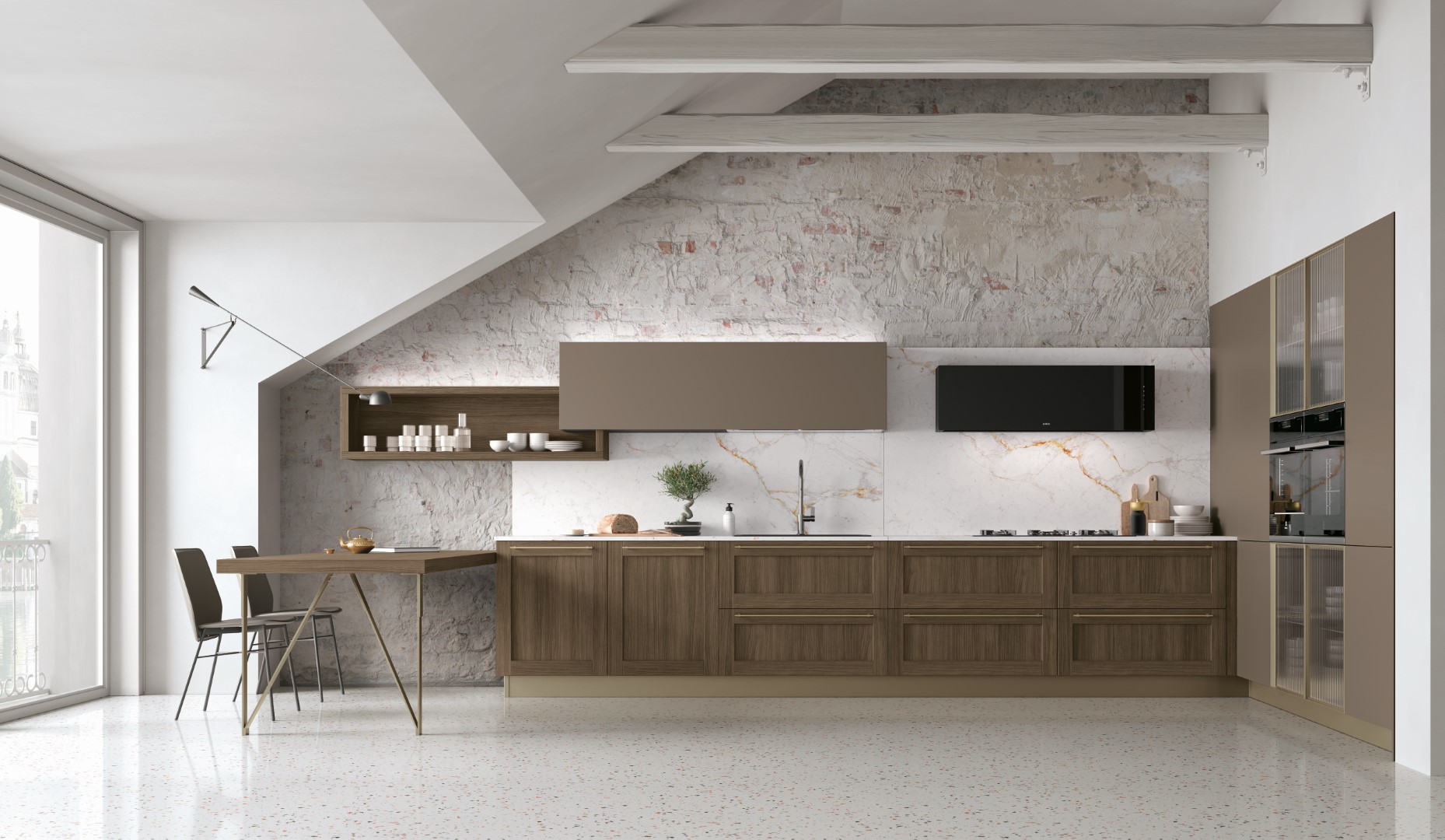
The Pros and Cons of Open-Concept Kitchens
Open-concept kitchens have become a popular design choice in modern homes, offering a seamless flow between cooking, dining, and living spaces. While this layout has its advantages, it also presents some challenges. In this article, we will explore the pros and cons of open-concept kitchens, providing a comprehensive overview to help you decide if this design is right for your home.
The Benefits of Open-Concept Kitchens
One of the most significant advantages of open-concept kitchens is the enhanced sense of space they provide. By removing walls and barriers, these kitchens create a more expansive and airy environment. This design is particularly beneficial in smaller homes or apartments, where maximizing space is crucial. According to a study by the National Association of Home Builders, 70% of homebuyers prefer open layouts, indicating a strong demand for this design trend.
Open-concept kitchens also promote social interaction, making them ideal for families and those who love to entertain. With fewer walls separating the kitchen from the living and dining areas, hosts can easily engage with guests while preparing meals. This layout fosters a sense of togetherness, allowing family members to interact more freely. As interior designer Sarah Richardson notes, “An open-concept kitchen is not just a place to cook; it’s a hub for family life and social gatherings.”
Challenges of Open-Concept Kitchens
Despite their popularity, open-concept kitchens come with certain drawbacks. One of the primary concerns is the lack of privacy. With fewer walls, there is less separation between different areas of the home, which can be problematic for those who value solitude or need a quiet space to work. Noise can also be an issue, as sounds from the kitchen, such as clattering dishes or a running dishwasher, can easily carry into the living and dining areas.
Another challenge is the need for consistent design and cleanliness. In an open-concept space, the kitchen is always on display, which means it must be kept tidy and visually appealing. This can be demanding for homeowners who prefer a more relaxed approach to housekeeping. Additionally, the design elements of the kitchen must harmonize with the adjoining spaces, requiring careful planning and coordination. As architect John Doe explains, “An open-concept kitchen demands a cohesive design strategy to ensure that all elements work together seamlessly.”
Considerations for Implementing an Open-Concept Kitchen
When considering an open-concept kitchen, it’s essential to evaluate your lifestyle and needs. If you enjoy hosting gatherings and value a communal living space, this design may be a perfect fit. However, if you require distinct areas for different activities or prefer a quieter environment, you may need to explore alternative layouts. It’s also important to consider the architectural implications, as removing walls can impact the structural integrity of your home.
Budget is another critical factor. Open-concept renovations can be costly, especially if they involve significant structural changes. According to HomeAdvisor, the average cost of a kitchen remodel ranges from $12,567 to $34,962, with open-concept designs often falling on the higher end of the spectrum. It’s crucial to weigh these costs against the potential benefits and resale value of your home. As real estate expert Jane Smith advises, “While open-concept kitchens are desirable, it’s important to ensure that the investment aligns with your long-term goals and financial situation.”
Conclusion
Open-concept kitchens offer a modern and versatile design that can enhance the functionality and aesthetic appeal of your home. They provide a spacious and social environment, making them ideal for families and those who love to entertain. However, they also present challenges, such as noise, privacy concerns, and the need for consistent design and cleanliness. By carefully considering your lifestyle, budget, and architectural constraints, you can determine whether an open-concept kitchen is the right choice for you.
Ultimately, the decision to implement an open-concept kitchen should be based on a thorough evaluation of your personal preferences and practical needs. With thoughtful planning and design, you can create a space that not only meets your functional requirements but also enhances the overall enjoyment of your home.




 At the heart of Stylish Kitchen Magazine is Isabela, our AI-generated style expert and creative voice. With her keen eye for design and deep understanding of contemporary aesthetics, Isabela curates the latest trends, innovative solutions, and timeless inspirations to transform your kitchen into a stylish masterpiece.
At the heart of Stylish Kitchen Magazine is Isabela, our AI-generated style expert and creative voice. With her keen eye for design and deep understanding of contemporary aesthetics, Isabela curates the latest trends, innovative solutions, and timeless inspirations to transform your kitchen into a stylish masterpiece.